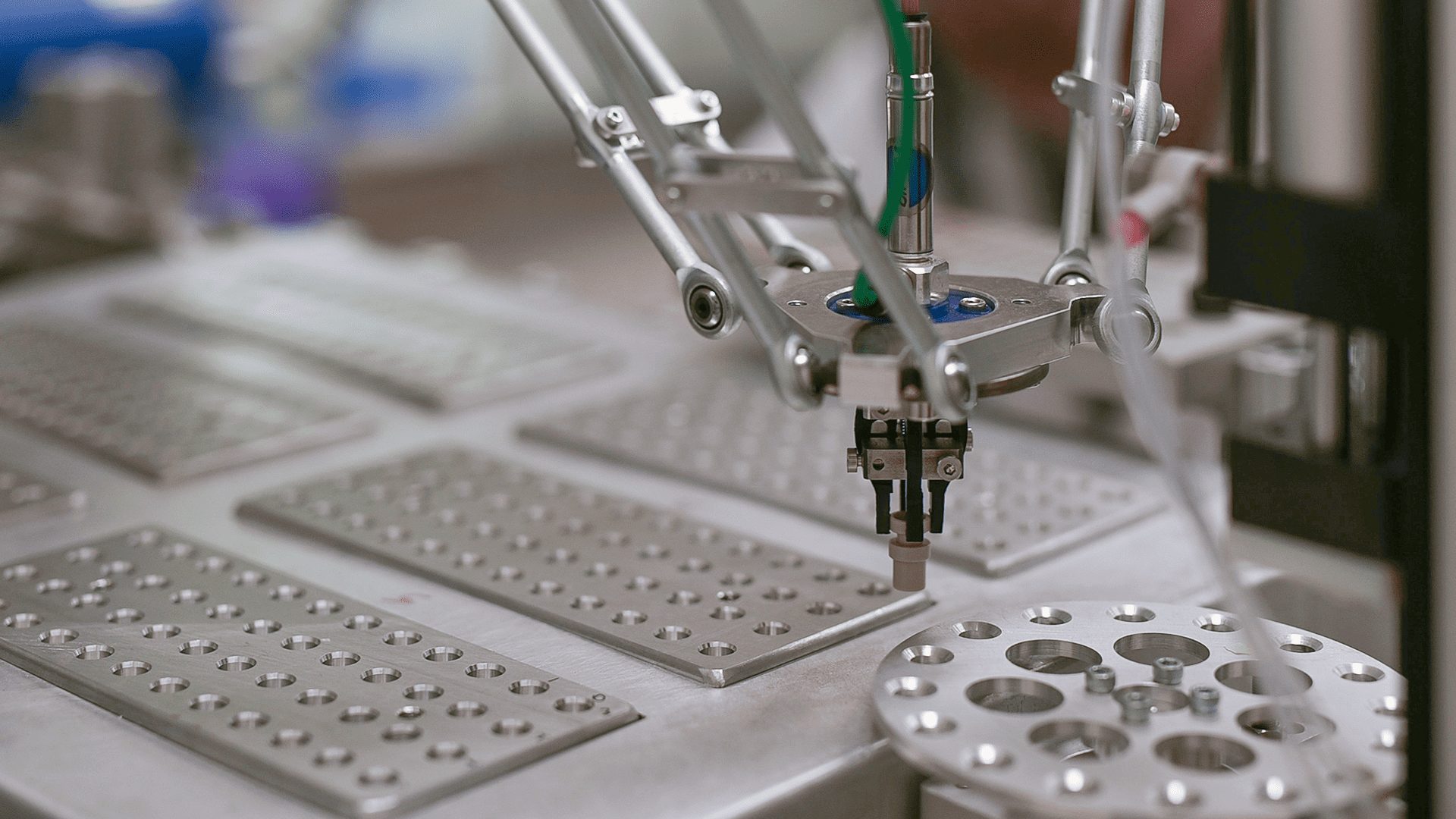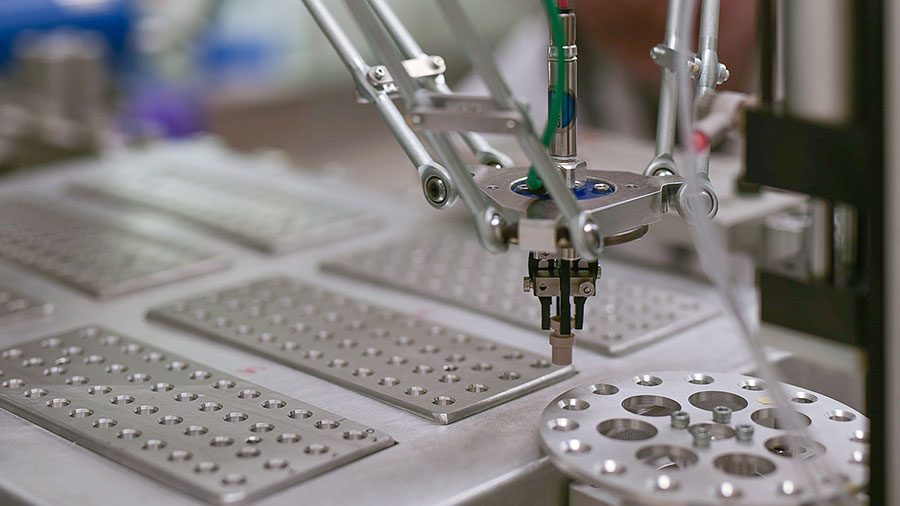
Automation will help us access the full potential of chemistry.
For many of us, the word “chemistry” conjures memories of high school, our heads bent over test tubes and Bunsen burners, hoping we wouldn’t catch ourselves or our classroom on fire. We may also think of the chemicals we use as adults to clean our homes or beat back weeds in the garden. In any case, we’re likely underestimating (by a lot) the impact of chemistry on our daily lives.
The field of chemistry has enabled everything from refrigeration and mass food production to smart phones, batteries and car tires. Chemistry has also been essential to modern healthcare, as the source of thousands of medicines — from the ibuprofen we take for headaches, to the more complex drugs used to treat cancer, diabetes and heart disease.
Amazingly though, the laboratory methods used to synthesize chemical compounds have changed very little over the past century. These methods are still highly manual, frustratingly slow, and difficult to reproduce and scale, forcing chemists to spend much of their time reproducing known chemical processes at the expense of productivity and innovation.
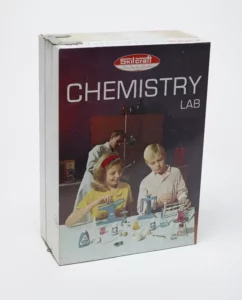
Is automation the answer?
Automation has dramatically improved fields ranging from car manufacturing to food preparation over the past several decades. While automating precise chemical processes is a particularly complex undertaking, researchers have begun to make real progress.
The benefits of such systems would be numerous and far-reaching. Fully automating the design, synthesis and testing of compounds such as pharmaceuticals would speed their development and expand their availability, while also freeing chemists to focus more of their time on the next generation of life-enhancing molecules. It would also enable the faster movement of new drug candidates into the clinic and reduce the cost of drug discovery.
Building a harmonious system
In 2015, a group of scientists and engineers at SRI committed to tackling the daunting challenge of automating synthetic chemistry. They envisioned a closed system with the capability to design a synthetic route to a molecule of interest, automatically implement that route, and then reliably and reproducibly manufacture the selected molecule on any scale in the laboratory — from milligrams to kilograms. They also wanted a system that would be reproducible in any lab, regardless of the user.
“Chemists have achieved so much in drug discovery and development, despite the fact that they’ve had to perform much of their day-to-day work manually, using century-old processes. Imagine, we thought, what they could achieve if we liberated them from these laborious manual tasks,” said Nathan Collins, Ph.D., chief strategy officer at SRI Biosciences.
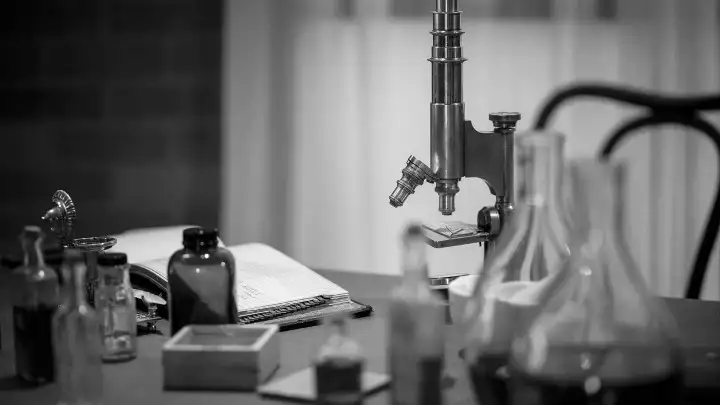
Although a number of the components that would be essential to this system were commercially available when the project launched, the SRI team quickly realized that they had to start from scratch to build software and hardware tools that were easily integratable. The closed-loop, fully automated system that evolved, dubbed SynFini, comprises a suite of tools: a software platform (SynRoute), a reaction screening platform (SynJet) and a multi-step flow chemistry automation and development platform (AutoSyn). These novel tools work in concert to produce desired molecules.
After just 6 months it became clear that SynFini had unique potential. The U.S. Government’s Defense Advanced Research Projects Agency (DARPA) awarded SRI researchers $13.8 million under the agency’s “Make-It” program to further develop the suite of tools comprising SynFini. DARPA had initiated “Make-It” to stimulate the creation of technologies like SRI’s — those that would leverage automation to overcome the challenges preventing rapid, effective discovery and production of potential new drug therapies.
“A seasoned research chemist may spend dozens of hours designing synthetic routes to a new molecule and months implementing and optimizing the synthesis in a lab,” said Anne Fischer, program manager in DARPA’s Defense Sciences Office, in a DARPA release describing various research teams’ approaches. “Make-It is not only freeing chemists to expend brain power in other areas such as molecular discovery and innovation, it is opening chemical synthesis and discovery to a much broader community of scientific researchers who will benefit from faster development of new molecules.”
In 2016, SRI scientists completed the first phase of the “Make-It” challenge by building and successfully testing the chemistry-route design tool SynRoute and completing a prototype automated multi-step synthesis system. They also validated both systems by using them to design and produce multiple known drugs and other industrial molecules.
Since then, the team has completed integration of the entire SynFini system and demonstrated its ability to rapidly design and synthesize molecules of increasing complexity and scale.
Making it smart
Experienced chemists are, of course, much more than robots who can methodically and predictably perform the same chemical tasks. They learn from their experiments and adjust accordingly to improve the success and speed of their work. Similarly, to maximize the efficiency and accuracy of automated drug discovery and development, SynFini needs to be able to learn from its work. Put most simply, SynFini, like the scarecrow in the Wizard of Oz, needs a brain.
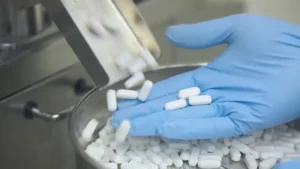
In 2019, DARPA awarded SRI a four-year contract worth up to $17 million to develop a fully automated, synthetic chemistry system with integrated artificial intelligence (AI). SRI’s Logically Adaptive Molecular Design Automation (LAMDA) program will access expert knowledge and information from large data sources. It will then use this information to automatically design experiments to be run on SynFini and capture data to “learns as it goes”. Each time the system completes a design cycle, it will gather additional data and experience, continually improving the efficiency of automated design and development on the SynFini platform.
By increasing chemists’ productivity while simultaneously — and intelligently — generating important synthetic compounds, an automated, intelligent system such as this one could enable a new wave of innovation in chemical biology, synthetic medicines and material sciences. And who knows? It might even help change our perception of “chemistry” from boring high school labs and home cleaning supplies to a field that is profoundly improving our lives.
This research was developed with funding from the Defense Advanced Research Projects Agency (DARPA). The views, opinions, and/or findings expressed are those of the author(s) and should not be interpreted as representing the official views or policies of the Department of Defense or the U.S. Government. Approved for Public Release, Distribution Unlimited.
